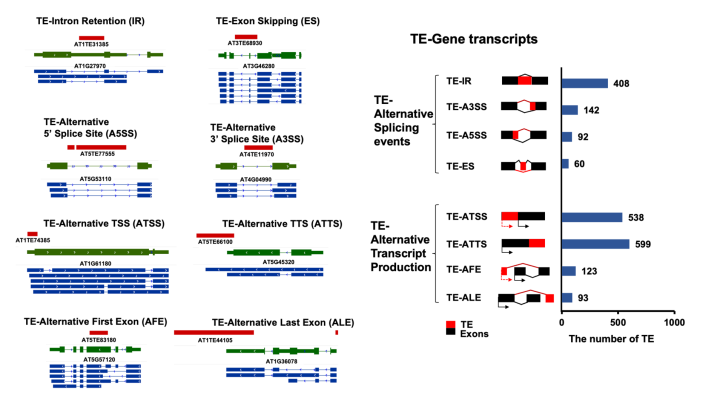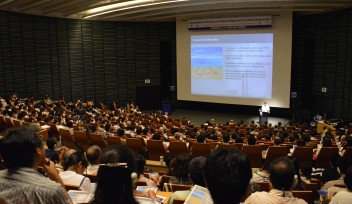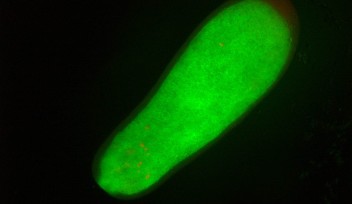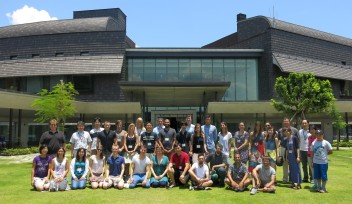peu FY2022 Annual Report 2

Figure 1. (Left) Representative loci associated with TE-AS and TE-ATP events detected in DRS-AtRTD3. Red, TE annotation; Green, AtRTD3 annotation (collapsed); Blue, DRS-AtRTD3 annotation (extended). (Right) RNA processing events associated with ATE-G isoforms (TE-AS and TE-ATP). TE-AFE and TE-ALE are included in TE-ATSS and TE-ATTS, respectively. AS; Alternative Splicing, ATP; Alternative Transcript Production, IR; Intron Retention, ES; Exon Skipping, A5SS; Alternative 5′ Splicing Sites, A3SS; Alternative 3′ Splicing Sites, ATSS; Alternative Transcription Start Sites, ATTS; Alternative Transcription Termination Sites, AFE; Alternative First Exon, ALE; Alternative Last Exon. The number of TEs associated with ATE-G isoform events. Some TEs were included in several ATE-G isoform categories.The number of TEs associated with ATE-G isoform events. Figures are from Berthelier et al., 2022.
Notably, TE sequences often exhibit associations with alternative transcription start sites or transcription termination sites. Importantly, the epigenetic state of intragenic TEs influences RNA polymerase II (RNAPII) elongation and the utilization of alternative poly(A) signals within TE sequences, thereby regulating the production of alternative TE-gene isoforms (Figure 5C). The co-transcription and inclusion of TE-derived sequences in gene transcripts have substantial impacts on RNA stability and the environmental responses of specific loci. Thus, our study provides novel insights into the intricate TE-gene interactions that contribute to mRNA regulation, transcriptome diversity, and environmental responses in plants.
Copyright OIST (Okinawa Institute of Science and Technology Graduate University, 沖縄科学技術大学院大学). Creative Commons Attribution 4.0 International License (CC BY 4.0).














